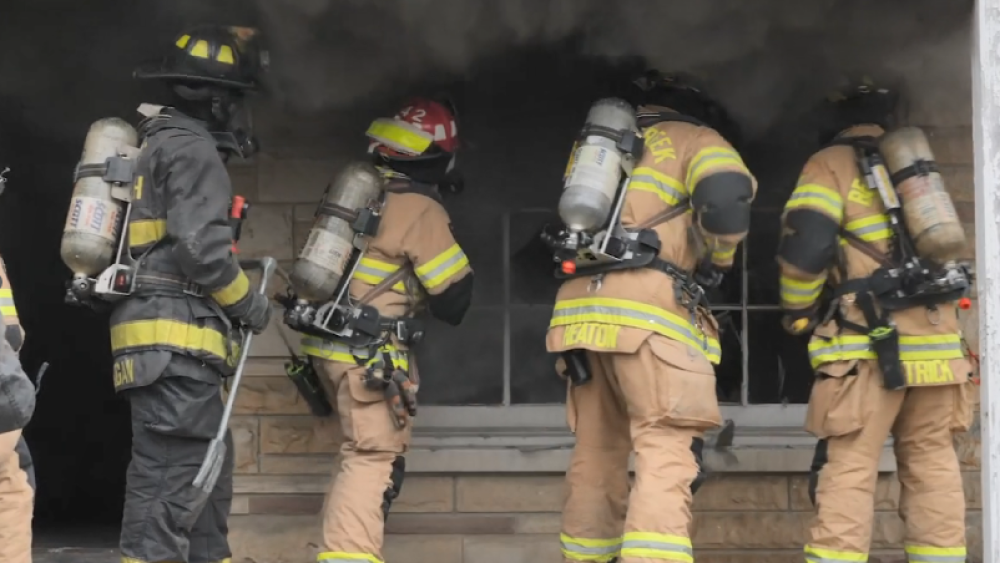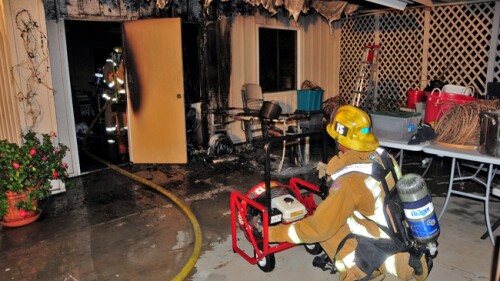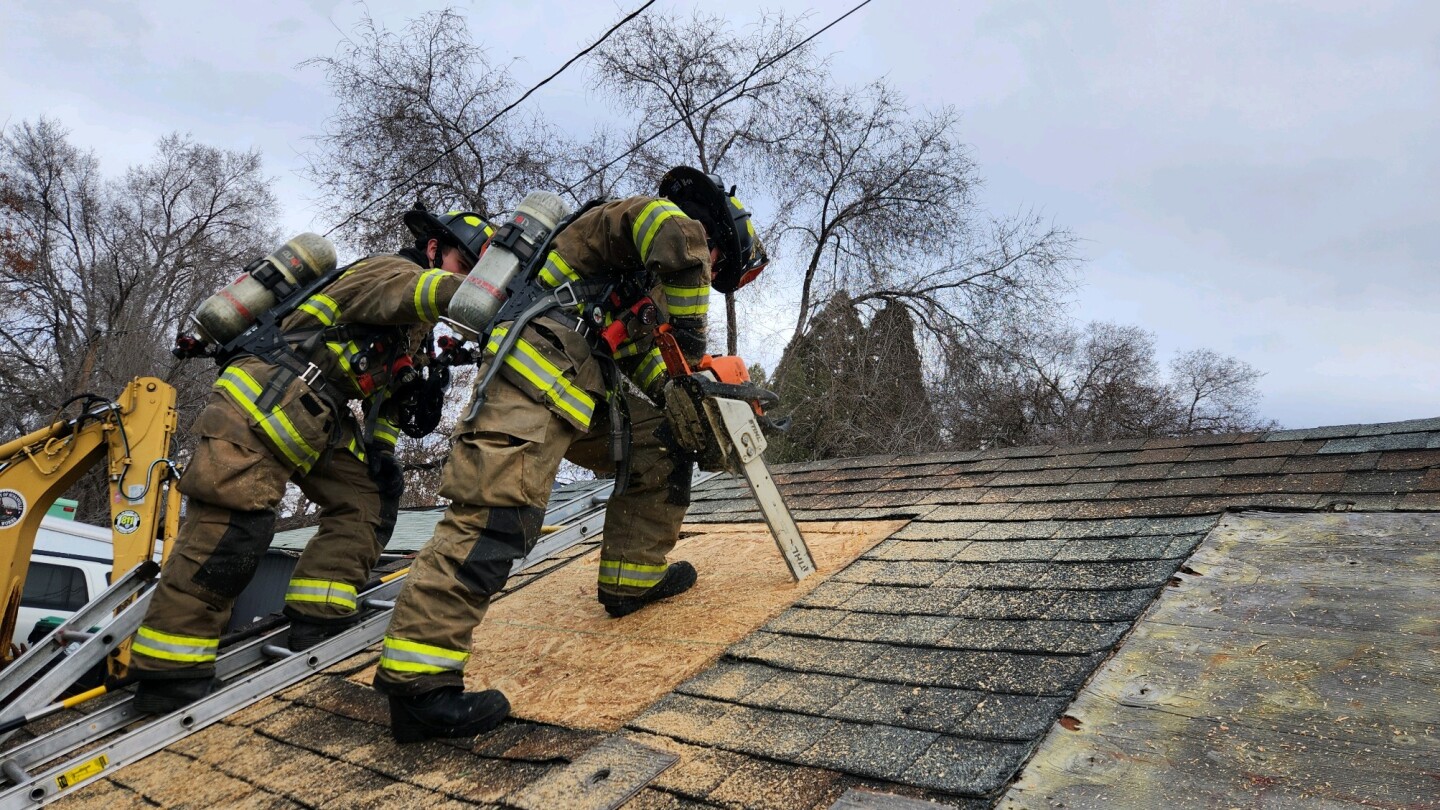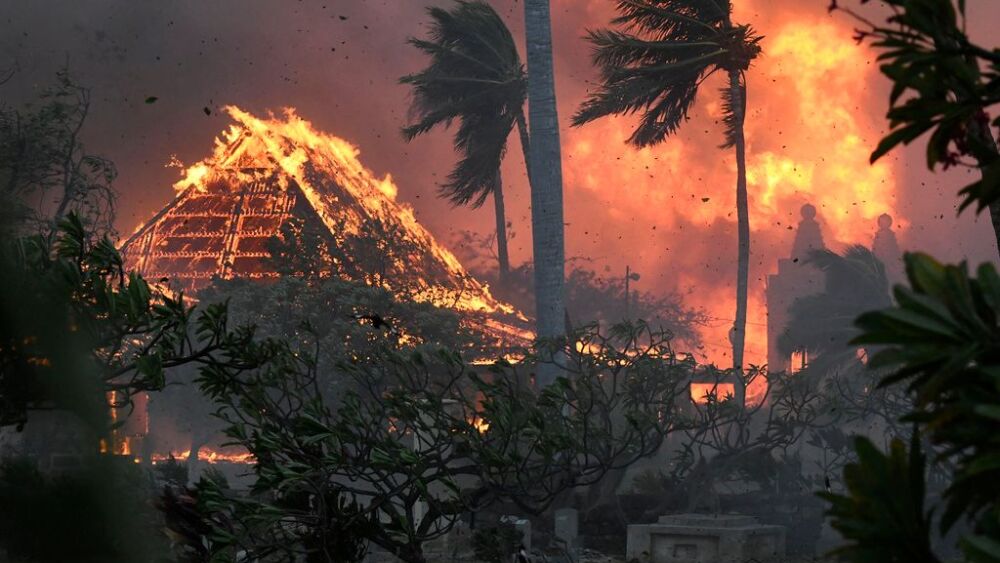As research continues to emerge, highlighting the importance of coordinated ventilation, firefighters are forced to adjust strategies and tactics. This special coverage series reviews the current ventilation-focused research and offers detailed steps for how to best implement the various ventilation operations – vertical ventilation, horizontal ventilation, positive pressure ventilation, among other tips and tricks to ensure safe fireground operations.
MOST POPULAR
- Third report on deadly Maui wildfire focuses on future preparation, response
- Boeing locks out firefighters after pay negotiations fail
- ‘Our state is a tinderbox': Between 70 to 80 brush fires burn across Conn.
- Forced to scavange for gear and change in a closet, Mich. FD’s first female FF files discrimination lawsuit
- 50 most common firefighter interview questions
MORE FIREGROUND OPERATIONS
Elevators add another layer of danger to the already hostile environment of high-rise fires; knowing how they work can cut the risk
The longer fire burns before suppression begins, the more dangerous the structure becomes — know the warning signs and proper tactics
Despite the chaos of the fireground, there are ways to keep track of firefighters’ whereabouts
Lightweight construction materials and techniques are not confined of single-family dwellings; they commonly used in multi-story apartment buildings
A successful fire attack depends largely on the first-due crew engine carrying out its tasks within the first five minutes
Fires in high-rise buildings are completely different animals; here’s the building blocks needed for a successful fire attack
When you need to cut the really hard stuff like concrete and steel, a rotary saw is the right tool; here’s what to know before and after making your purchase
A smooth evacuation means having good fireground command before the air horn blows
Knowing which way to attack a fire depends on communication and adhered-to SOGs











